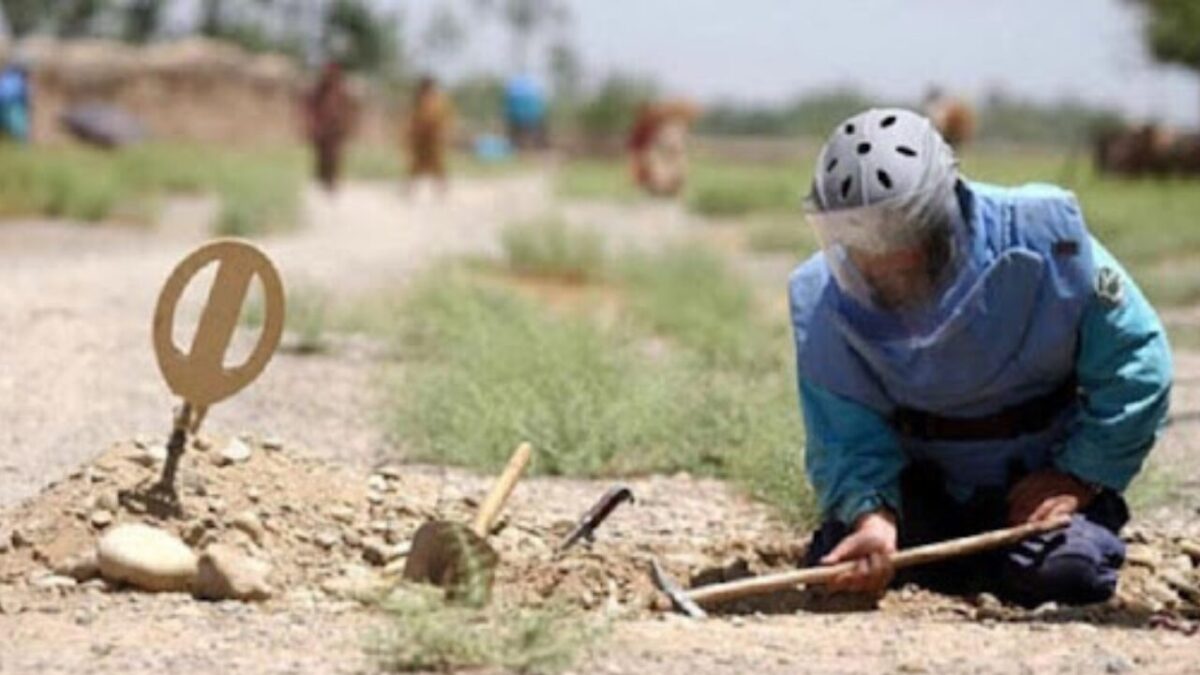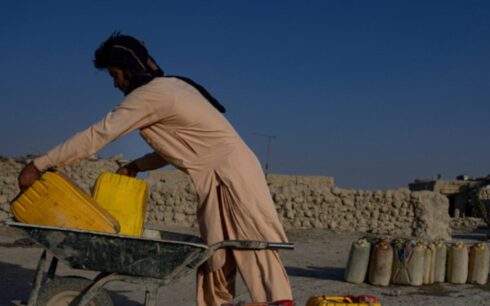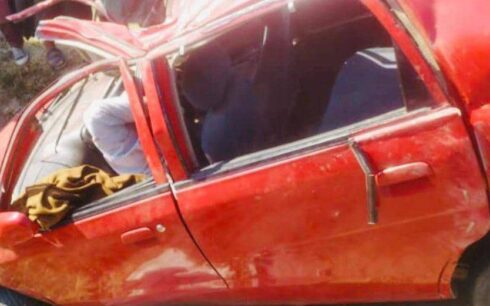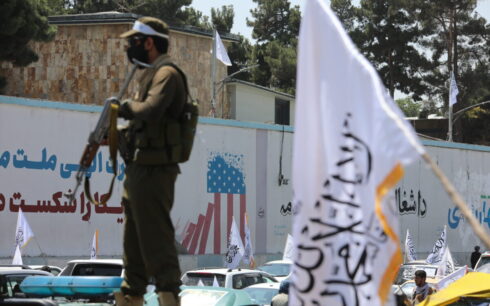KABUL — Decades of conflict have left Afghanistan as one of the world’s most heavily mine-affected countries, the United Nations Assistance Mission in Afghanistan (UNAMA) said on Sunday.
The organization emphasized that children are disproportionately among the victims of explosive remnants of war and landmines.
“Every day, explosive remnants of war and landmines threaten lives — especially children, the majority of victims,” UNAMA said in a statement on the social media platform X, alongside a video highlighting the devastating impact of unexploded ordnance. The mission called for urgent action to address the issue.
The HALO Trust, a demining charity, reported in November that improvised explosive device (IED) contamination in Afghanistan now covers more than 65 square kilometers, a sharp increase from 53 square kilometers at the end of 2022. The contamination spans 26 of the country’s 34 provinces, posing an ongoing danger to civilians.
Globally, 60 countries and territories are affected by landmines, according to The HALO Trust, with Afghanistan among four nations categorized as having “massive contamination.” In comparison, neighboring Iraq faces even greater challenges, with IED contamination estimated at 434 square kilometers as of late 2023.
Efforts to clear Afghanistan’s minefields have received some support from the Taliban, according to the demining organization. The HALO Trust stated last week that the Taliban are assisting in clearing landmines, including many laid during the group’s two decades of insurgency.
In an interview with The Standard, Callum Peebles, a program manager for The HALO Trust, said the organization has also been working to aid communities impacted by natural disasters, such as floods and landslides, in addition to demining efforts.
Despite these initiatives, the scale of contamination remains vast, and the risks to Afghanistan’s civilian population — particularly children — persist.





